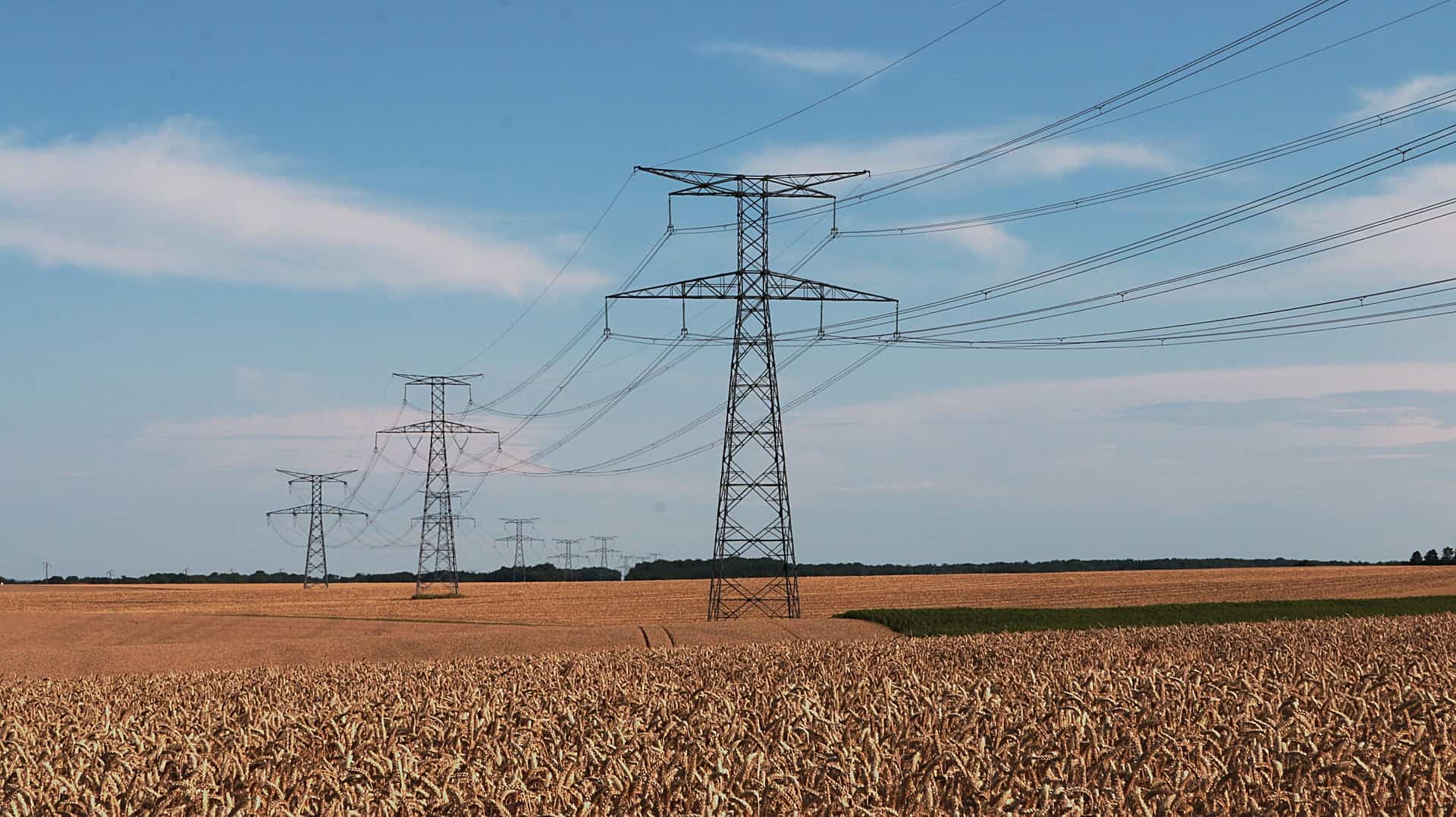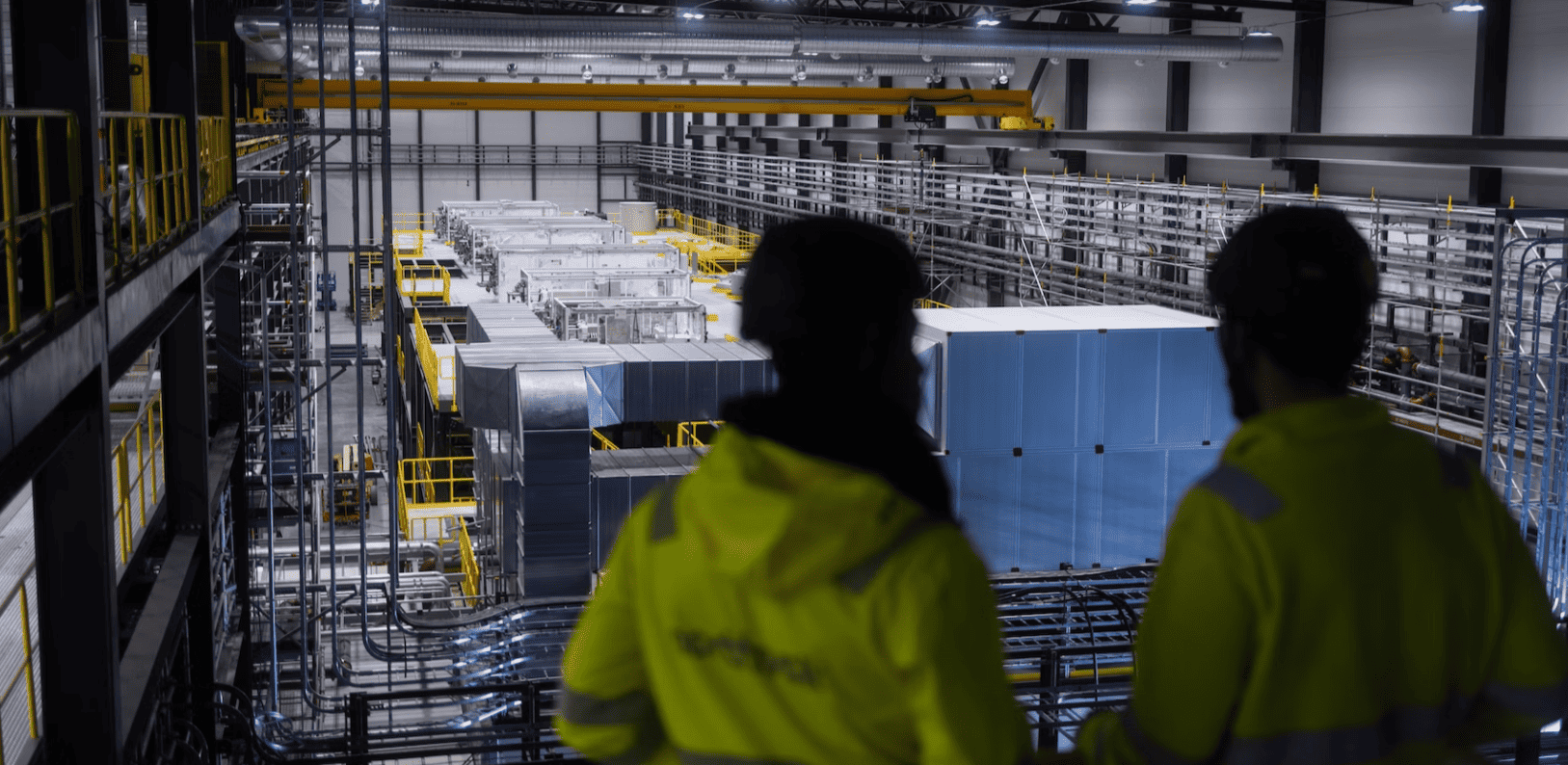
According to a study led by Lund University, cities need to invest significantly in their electricity networks to cope with extreme climate events and the challenges posed by urbanisation, says the university in a press release. Failure to consider these factors could lead to a 30 percent decrease in electricity supply reliability. An additional investment of 20-60 percent during the energy transition is necessary to ensure urban areas can handle varying climates.
The study introduces a modelling platform for simulating and evaluating cities’ energy transition, aiming to secure resilience against climate change while urban densification occurs. The research highlights the need to address the impact of extreme weather events in future urbanisation and climate scenarios, and the importance of incorporating urban density and climate change in energy forecasts.
Urban heat islands
The researchers at Lund University found that densely populated urban areas give rise to a phenomenon called urban heat islands, which greatly amplify the effects of extreme climate events. In southern Europe, for example, outdoor temperatures can increase by up to 17 percent, while wind speed can decrease by as much as 61 percent. Urban densification, which is often recommended to achieve the UN’s energy and climate goals, could make electricity networks more vulnerable. Therefore, it is crucial to consider these factors when designing urban energy systems.
Developing a framework that connects future climate models to buildings and energy systems at the city level, the study takes into account the urban microclimate. This new approach tackles challenges surrounding future climate uncertainty and extreme weather situations, focusing on High Impact Low Probability (HILP) events. The results of this study highlight the need for bridging the gap between future climate modelling and building and energy analyses, and their connections to one another.
The risk of power shortages and blackouts
The findings suggest that when extreme microclimates are considered, the peaks in energy system demand increase more than previously thought. For instance, cooling demand rises by 68 percent in Stockholm and 43 percent in Madrid on the hottest day of the year. Failing to consider these factors can lead to incorrect estimations of cities’ energy requirements, potentially resulting in power shortages and even blackouts.
Moreover, there is a significant difference between the heating and cooling requirements shown in current urban climate models and the outcomes of the Lund University’s calculations, which take into account more complex urban morphology. In Madrid, neglecting the urban climate may lead to underestimating the need for cooling by around 28 percent. Consequently, it is crucial to incorporate urban morphology and microclimates into future climate and energy analyses.

Future research and adaptation strategies
According to Vahid Nik, Professor of Building Physics at Lund University, an increasing number of countries have become interested in extreme weather events, energy issues, and the impact on public health. However, there are no methods for quantifying the effects of climate change and planning for adaptation, especially when it comes to extreme weather events and variations across space and time.
Nik suggests that the efforts of the research team can contribute to making societies more prepared for climate change. Future research should focus on examining the relationship between urban density and climate change in energy forecasts, and developing innovative methods for enhancing energy flexibility and climate resilience in cities. As urbanisation continues, it is crucial to invest in more resilient electricity networks and incorporate the challenges posed by extreme weather events and climate change into urban planning and energy system design.





